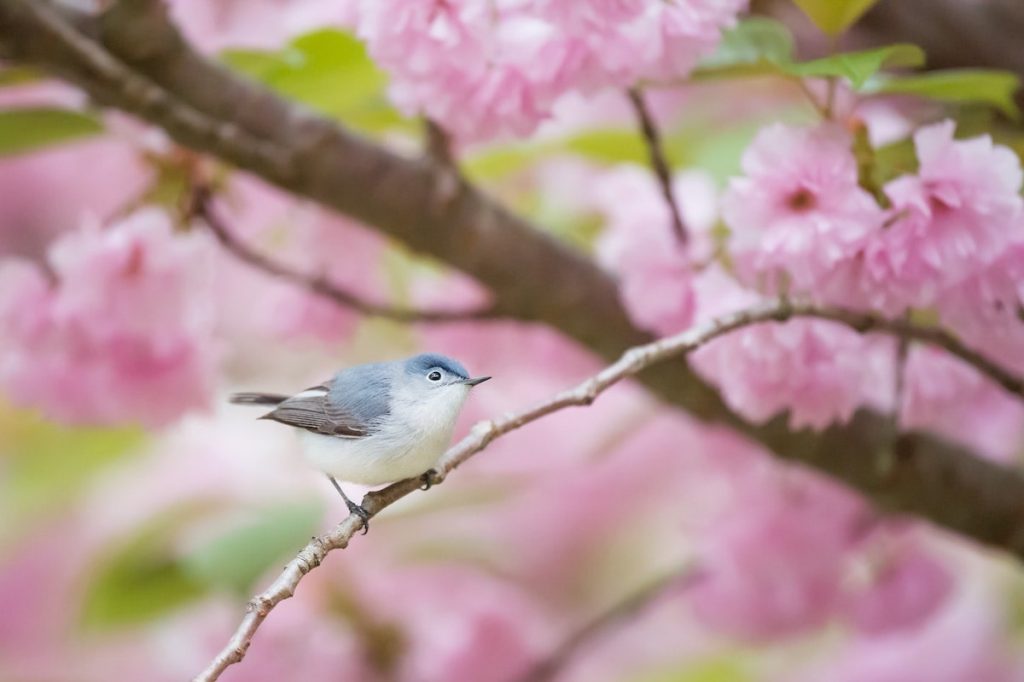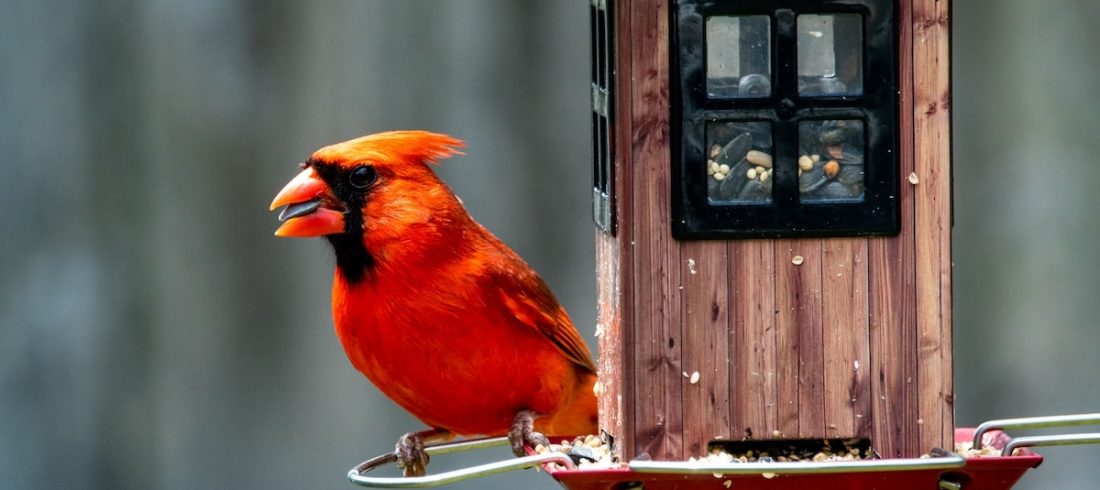It’s true what Vincent Van Gogh said that “if you truly love nature, you will find beauty everywhere,” and springtime brings the beauty of its own. I myself would say there is nothing lovelier than spring. The daytime becomes long; the weather becomes warmer, colourful flowers start popping and, more importantly, great birding moments begin.
Indeed, great birding moments always occur during spring, and this is what makes it the special period of the year for every birder. And so, in this post today, we’re going to bring out the highlights of spring for birders and how they can affect you in this coming spring.

1. Louder dawn choruses
One of the notable key highlights of spring is the dawn choruses. Of course, dawn choruses are heard throughout the year, but, notably, things are different during the early mornings of spring and summer. These mornings become louder and more persistent, unlike in other periods of the year.
The dawn choruses are simply birdsongs that are commonly chanted by male songbirds. The main purpose behind these choruses is to find a mate. And so, you will notice that once a male finds a mate, they will tend to sing less. The other purpose of dawn choruses is to maintain the territory, and this is mainly common among songbirds.
So, during spring, you will be likely to hear birds like blackbirds, wrens, robins, chaffinches, chiffchaffs, song thrushes, blackcaps, coal tits, blue tits, and great tits.
2. Nest building
They say until you see wrens collecting nest material or spot phoebes in your backyard, Spring isn’t there yet. Therefore, one of the common highlights of spring is, without a doubt, nest building.
Aside from Blackbirds being sighted frequently in gardens, wooded areas are naturally their habitat. Having more eggs per nest is usually common for these birds when in woodlands. This is simply because they lay more eggs to increase the chick’s chances of survival. However, when they nest in urban areas, survival chances for their chicks increase tremendously due to fewer predators.
Wrens may use sea cliffs, hedgerows or gardens to nest. However, they are mostly known to nest in woodland. Male wrens are polygamous, and actually, they are the ones that prepare nests. So, since they are polygamous, they will have to prepare several nests for each female to choose which nest to nest in.
3. Breeding begins
Spring also marks the beginning breeding season for most birds, but how, though?
Well, the beginning of the breeding season for birds is strongly tied to the dawn choruses. And as noted earlier, male birds usually use these choruses to attract their female counterparts, which initiate breeding. Furthermore, you will tend to notice that during this period, most birds tend to start building new nests for the next generation.
In Europe as well as North America, wrens as seemingly considered the most prolific nest builders. Wren is also Britain’s most common garden visitor and breeder, so probably they are yet to knock on your door soon.
Another sign that marks the beginning of the mating period is the ‘tap, tap, tap’ of the woodpecker, which mainly happens during the beginning of spring. And as noted earlier, spring is the season for attracting mates and breeding, which woodpeckers do by drumming trees.
4. Food hunting
Blackbirds and the green woodpecker (Picus viridis) are two species of birds that are usually seen out hunting for food during spring. These two species usually hunt things like earthworms, ants and other invertebrates, which are mainly found on the ground and mostly out during spring.
Blackbirds mainly feed on earthworms, and that’s why they are often seen on the lawns hopping around during spring. However, these birds tend to struggle for food when summer arrives because of a dramatic decrease in worms, all due to dry gardens.
On the other hand, the green woodpeckers like scavenging for ants and other invertebrates. These species are unlike other woodpeckers that are often seen drumming trees. Instead, they spend more time on the ground hunting for food, thanks to their sticky tongue that helps them lick up ants and other invertebrates.
5. Birds molting
Another classic highlight of spring is seeing a subtle indication of lemon yellow on the male goldfinch in North America. And, of course, goldfinches don’t actually migrate during winter, but they tend to disappear, while in most species, moulting goes nearly unnoticed.
And so, noticing that little hint of yellow lemon on goldfinches is another indication that spring is here.



